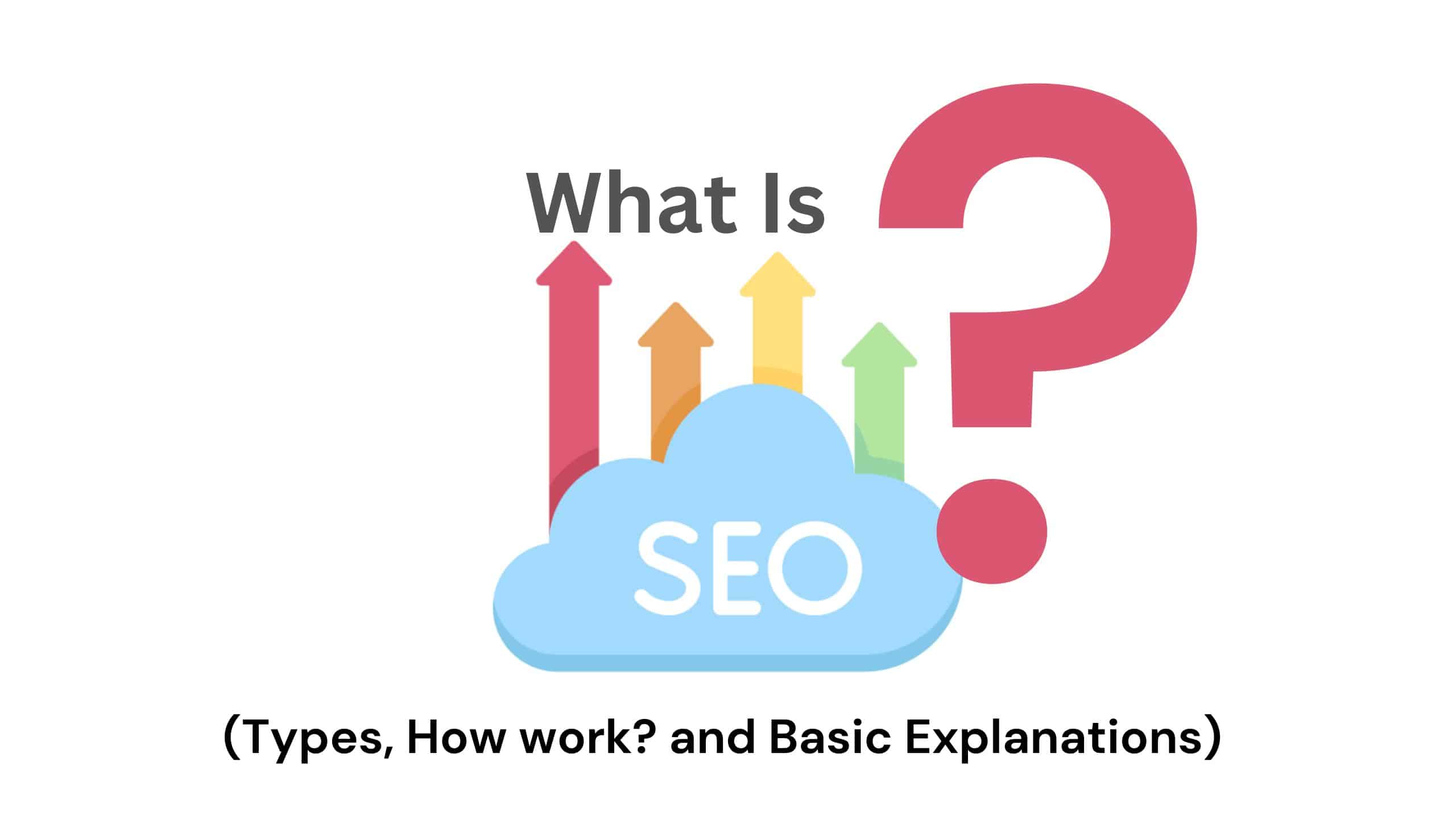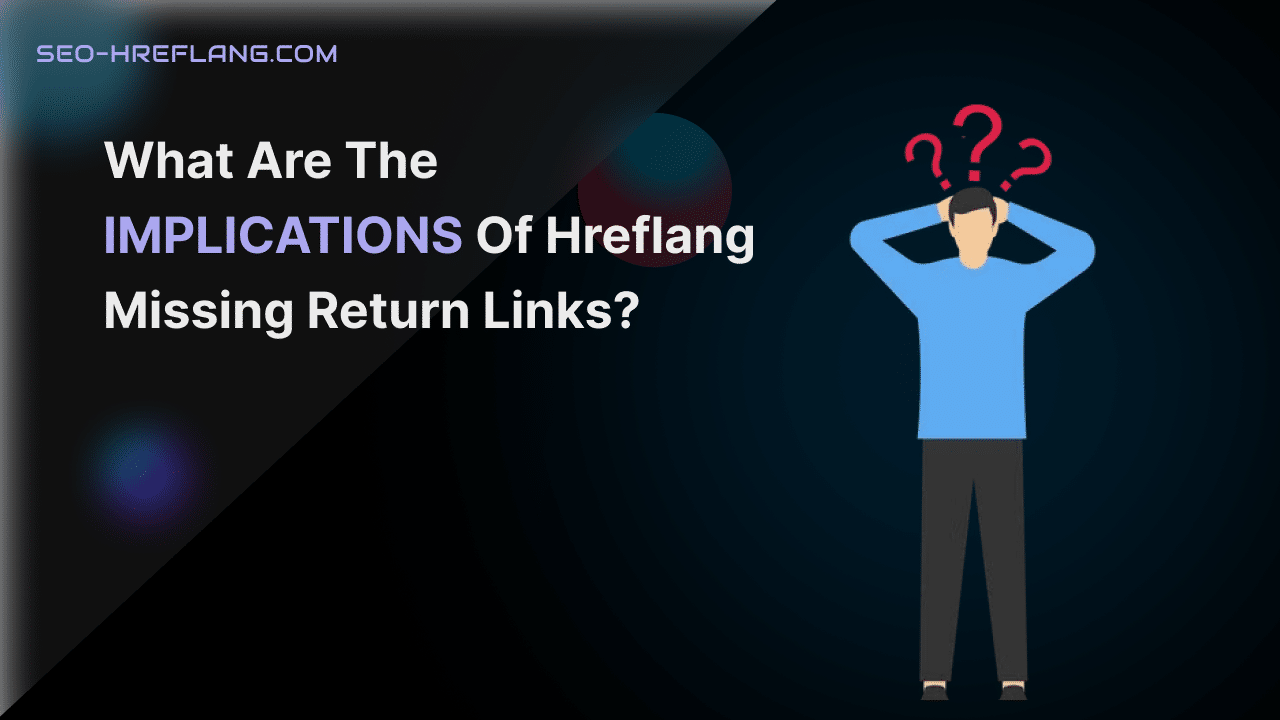When it comes to reaching a global audience, hreflang tags are a game-changer in the world of SEO. Hreflang tags provide search engines with valuable information about the language and regional variations of your webpages, ensuring that users are directed to the most relevant content.
In this ultimate guide, we’ll explore the ins and outs of hreflang tags, from what they are to how to implement them effectively. Additionally, we’ll uncover the SEO impacts of hreflang, enabling you to optimize language targeting, enhance user experience, and boost search engine visibility.
What is Hreflang?
Hreflang is an HTML attribute that helps search engines understand the language and regional targeting of your webpages. It allows you to specify alternative versions of a page for different languages or regions, ensuring that users searching in a particular language or location are directed to the most appropriate version of your content.
Why is Hreflang Important for International SEO?
- Language Targeting: Hreflang tags enable search engines to deliver the correct language version of your content to users based on their language preferences. This enhances user experience, engagement, and conversion rates.
- Regional Targeting: If your website caters to specific regions, hreflang tags help search engines display the relevant regional variant of your content. This ensures that users searching for location-specific information are directed to the appropriate pages.
- Duplicate Content Prevention: By implementing hreflang tags, you can avoid duplicate content issues that may arise from offering multiple versions of the same content in different languages or regions. Search engines understand that each version is intended for a distinct audience, reducing the risk of penalties.
How to Implement Hreflang Effectively:
- Identifying Target Languages and Regions: Determine the languages and regions you want to target. Research your audience and analyze user preferences to identify the specific language and regional variations required.
- Choosing the Hreflang Attribute: Select the appropriate hreflang attribute format based on your target audience. Common formats include language-only hreflang (e.g., “en” for English) and language with region hreflang (e.g., “en-us” for English in the United States).
- Implementing Hreflang Tags: There are two primary methods to implement hreflang tags:a. HTML in Header: Manually add hreflang tags to the HTML header of each webpage. Use the
<link>tag with the rel=”alternate” attribute to specify the language and URL of the alternate version of the page.b. XML Sitemap: Generate an XML sitemap that includes hreflang tags for all language and regional variations of your pages. Ensure the sitemap is properly formatted and submitted to search engines. - Validating Hreflang Implementation: Use SEO tools and resources to validate the implementation of hreflang tags on your website. Check for errors, inconsistencies, or missing tags to ensure they are correctly interpreted by search engines.
SEO Impacts of Hreflang:
- Enhanced Language Targeting: By implementing hreflang tags, you optimize language targeting, ensuring that users searching in different languages are presented with the most relevant content. This leads to improved user satisfaction and engagement.
- Improved User Experience: Hreflang tags contribute to a seamless user experience by directing users to pages in their preferred language and region. This eliminates the frustration of users landing on pages that they can’t understand or relate to, resulting in higher engagement, longer visit durations, and increased conversions.
- Expanded Global Reach: Hreflang tags help your website reach a broader global audience by presenting content in different languages and regions. This opens up new markets and opportunities for growth, allowing you to tap into international markets and attract a diverse range of users.
- Search Engine Visibility: When search engines correctly interpret and index your hreflang tags, your website gains better visibility in search results for specific languages and regions. This increases the likelihood of appearing in relevant search queries and drives targeted organic traffic to your website.
- Avoidance of Duplicate Content Penalties: Duplicate content can harm your search engine rankings. By implementing hreflang tags, you signal to search engines that different language and regional variations of your pages are intended for unique audiences. This helps prevent penalties associated with duplicate content and ensures each version is appropriately indexed.
- Geotargeting Opportunities: With hreflang tags, you can tailor your content to specific regions and leverage geotargeting opportunities. This allows you to customize your offerings, promotions, and localized marketing strategies based on the preferences and needs of different geographical segments.
Hreflang tags are a powerful tool in optimizing your website for international audiences and expanding your global reach. By implementing hreflang correctly, you can enhance language targeting, improve user experience, and boost search engine visibility.
Whether you choose to manually insert hreflang tags in the HTML header or generate an XML sitemap, be diligent in validating the implementation to ensure accuracy. Embrace the potential of hreflang tags to unlock new opportunities, connect with diverse audiences, and achieve international SEO success for your WordPress website.





